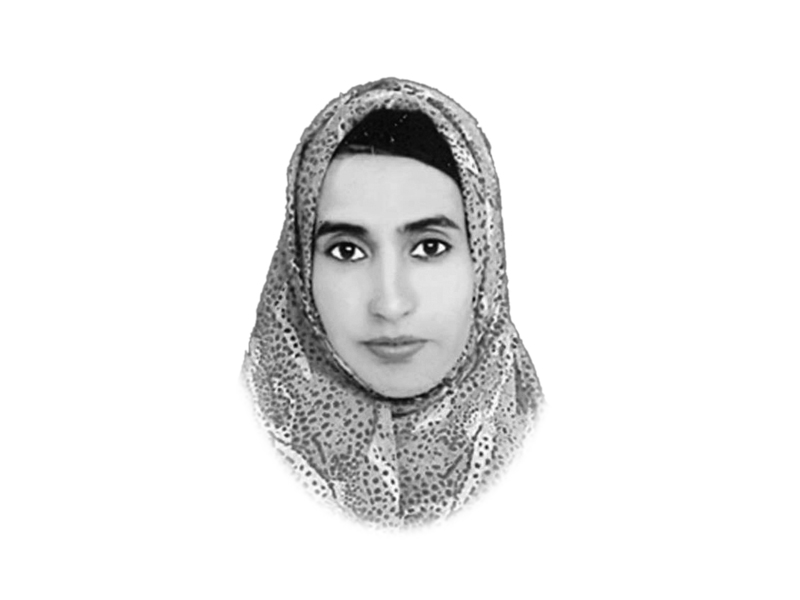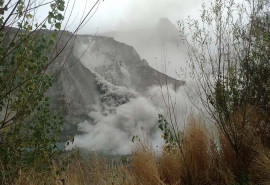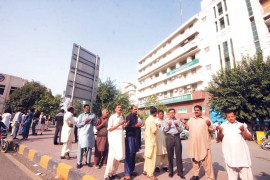
Nightmares of the 2005 earthquake in Pakistan and Azad Jammu and Kashmir had still not entirely faded from memories when, on October 26, another powerful earthquake brought about mass destruction.
Pakistan’s history of natural disasters has proven that children are the most vulnerable to these, with the 2005 quake affecting the lives of around 2.2 million children. Other than this, a large number of children suffered in the various droughts and floods that hit Punjab and Sindh. The recent shockwave has resulted in an increase in the number of traumatised children.
Natural disasters are an unavoidable phenomenon which can occur in any part of the world at any time, no matter how well a country is equipped, whether it be Japan or the Gulf states. However, appropriate utilisation of available resources and active management can reduce the after-effects of quakes and other disasters. Pakistan will continue to face the brunt of disasters in the foreseeable future as the National Disaster Management Authority has declared around 11per cent of the country’s districts are vulnerable to various natural calamities due to their geographical locations. In such a situation, Pakistan needs a comprehensive long-term strategy.
In the past, our approaches to coping with disasters and quakes have not been efficient, particularly when it comes to protecting children. The after-effect of this has been that youngsters have been robbed of a stable and secure childhood, since the government and NGOs’ main focus is to provide them with material, and not psychological, support.
A few days before the recent earthquake, one of my cousins, who was in school in Mansehra district, in Khyber-Pakhtunkhwa (K-P) during the 2005 quake, shared his experience. He was among those fortunate few who remained unhurt as he had managed to exit his classroom before the school wall collapsed. But he was unable to sleep for many a night in the aftermath of this tragedy. He said that every time he closed his eyes, he felt like the ground was shaking like it did during the quake, and he could envision the school collapsing amidst a backdrop of dark clouds, thunder and lightning. He could almost hear the screams of the dying children. He would wear his shoes and jackets to bed so that if there was an aftershock, he could run out of the house.
From the experience he shared, one can only imagine what the mental condition of the children in the region would be after the October 26 earthquake. In such circumstances, sustaining and empowering care and protection systems within families, schools, hospitals, and communities are essential for disaster preparedness.
Published in The Express Tribune, November 2nd, 2015.


































































COMMENTS
Comments are moderated and generally will be posted if they are on-topic and not abusive.
For more information, please see our Comments FAQ